There are over 2,000 recorded species of native plants and animals in Ipswich, including numerous rare and threatened species.
This week is National Threatened Species Week (3 to 10 September) which draws attention plants, animals and ecosystems that are under threat and encourages the community to help conserve and protect our natural heritage.
The Swamp tea tree, Flinders plum, Brush tailed rock wallaby, Black breasted button quail and Tusked frog are just a few of the threatened species found within Ipswich City Council’s Natural Area Estate.
Ipswich is a growing and developing city and this can make it challenging for some of our threatened species.
Through the Ipswich EnviroPlan levy that was introduced in 1996, council began looking at strategic conservation estates to purchase in order to maintain habitat such as Flinders Peak, White Rock and Cameron’s Scrub.
Ipswich’s Natural Area Estate comprises over 6,500 hectares of conservation land purchased by council to conserve its many threatened wildlife and provide natural recreation opportunities to the community.
What is a threatened species?
A threatened species is any plant or animal species that is at risk of extinction. Different conservation classes are allocated to threatened species depending on the degree of risk. These classes are based on a number of criteria including, trends in population size, health and distribution.
5 Threatened Species that can be found in Ipswich
Flinders plum (Planchonella eerwah) is Endangered but can be found in the Flinders-Goolman Conservation Estate. It is endemic to Queensland as was presumed extinct until it was rediscovered at Ivory’s Knob in 1980.
The 40m tree appears on rocky slopes within rare dry rainforest communities. The population within Flinders-Goolman is the largest protected population of flinders plum.
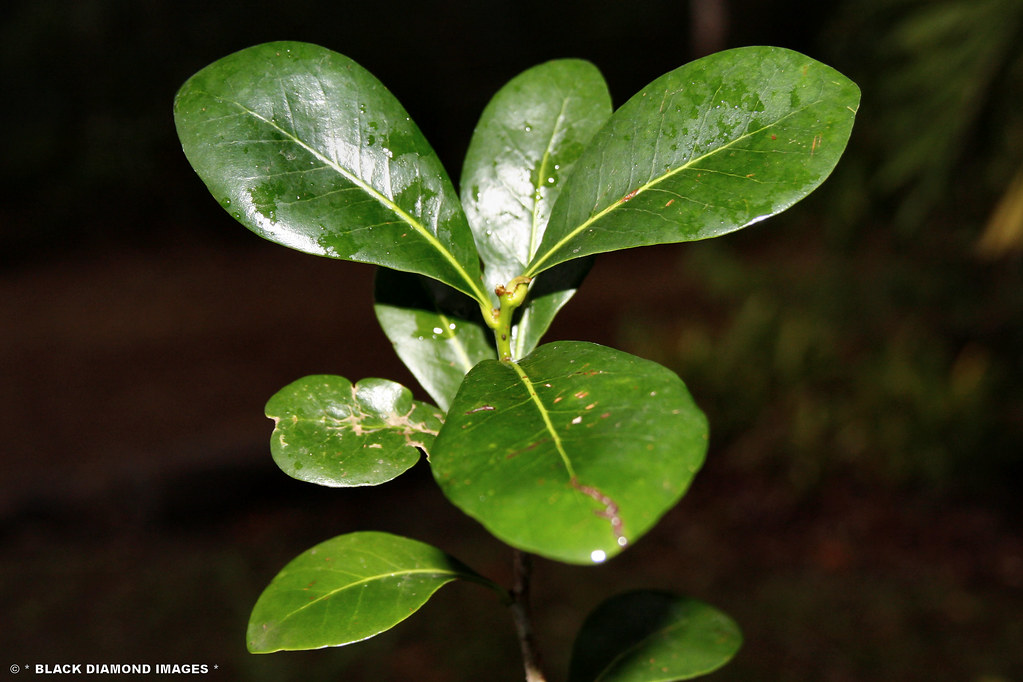
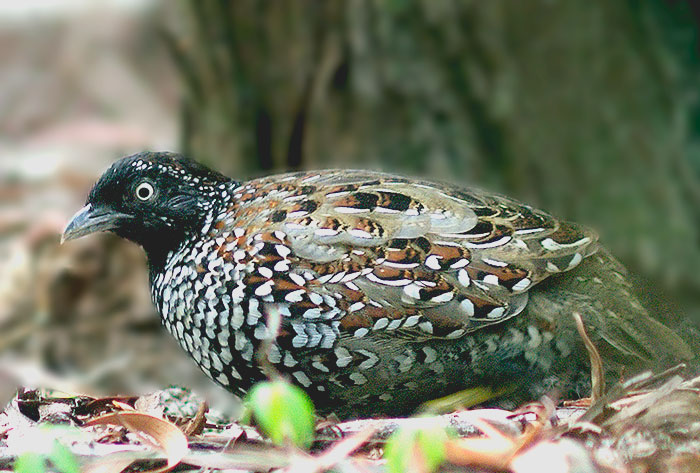
The Black breasted button quail (Turnix melanogaster) is a large, plump quail. Males have finely patterned backs and wings with brown, black, grey and white mottling. The female is similar except for having a black face and throat.
The Black breasted button quail is Vulnerable but can be found at Flinders-Goolman Conservation Estate, Stirling Road Reserve and Camerons Scrub (Kholo Enviroplan Reserve).
The Tusked frog derives its name from a small pair of bony tusks or modified teeth that protrude from the lower jaw and only visible when the mouth is open.
They are listed as Vulnerable and they grow to five centimetres. The Tusked frog are normally brown but can be olive to black with low ridges, warts and irregular darker markings.
They can be found in Opossum Creek and many other wetlands and waterways across the city.
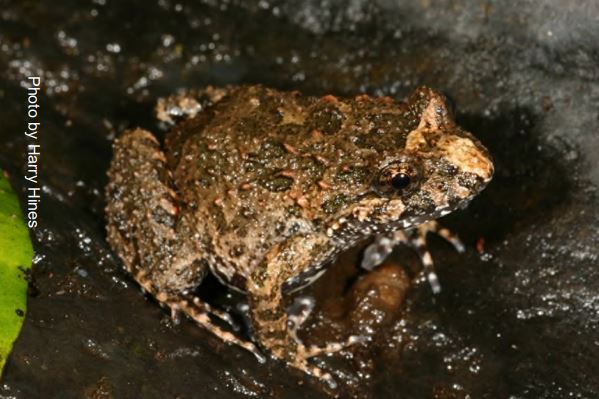
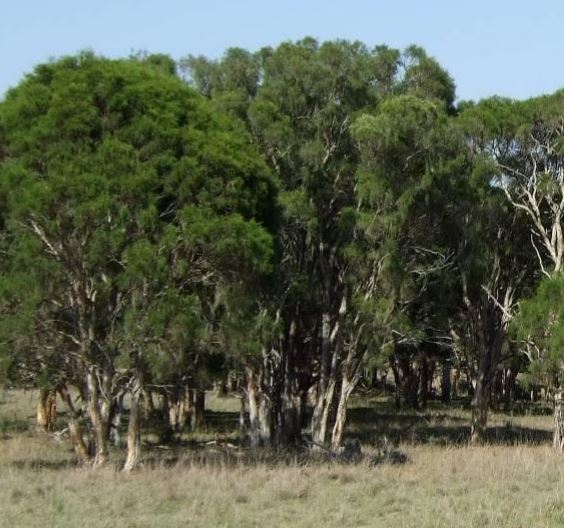
Melaleuca irbyana (Swamp tea tree) is an Endangered species that can be found at the Purga Nature Reserve. Purga contains the largest protected area of federally significant Melaleuca irbyana forest and supports a diverse habitat for frogs, koalas, snakes and birds of prey.
Brush tailed rock wallabies are listed as Vulnerable and has a characteristic long bushy brown tail. It also has a white cheek stripe and a black stripe from its forehead to the back of its head.
The Brush tailed rock wallaby is a highly agile climber and can only be found in the highest rocky areas such as Mt Beau Brummel and Flinders-Goolman Conservation Estate.
The population in Flinders-Goolman is one of the most significant rock wallaby population in its northern distribution limit.
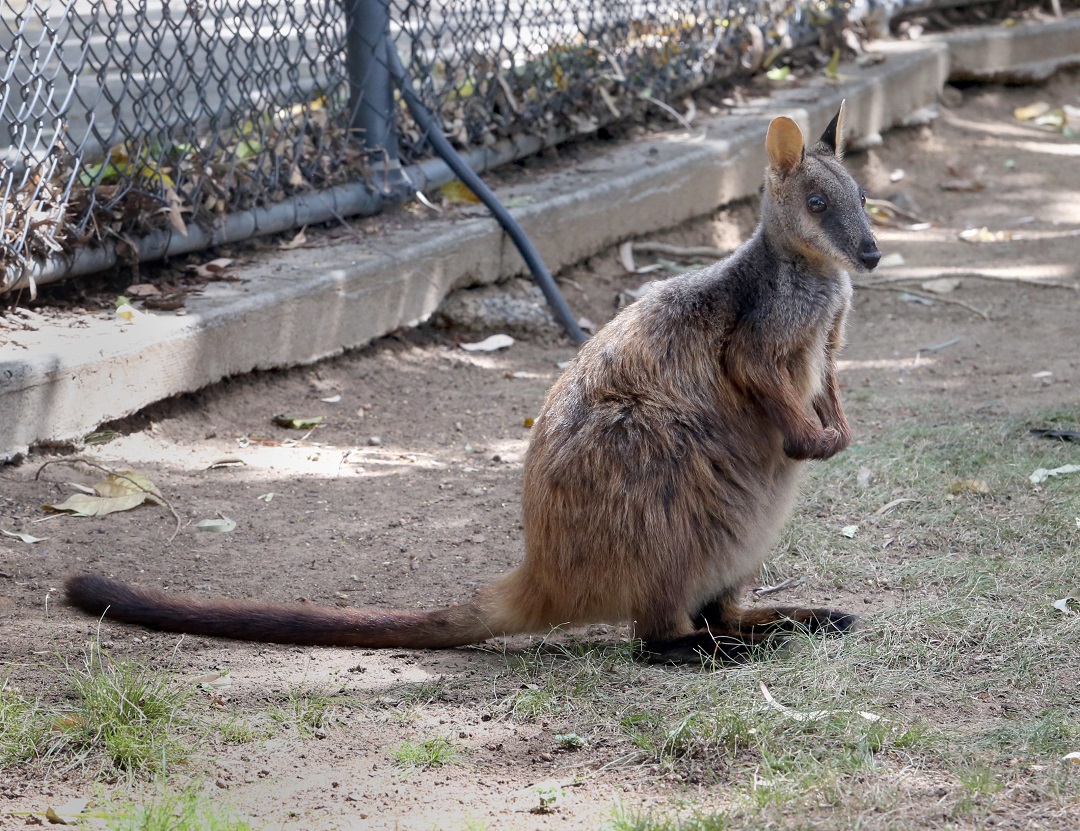
Ways you can help
- Attract wildlife to your garden by planting native species which encourages local wildlife.
- Be a responsible pet owner by registering your dog or cat and keeping them inside the boundary of your property.
- Limit driving your car around vegetated areas at night to allow wildlife to safely cross roads
- Help reduce pollution and waste in your neighbourhood by recycling, composting and minimising the use of plastic bags.
- Conserve water in your garden by using water wise plants and installing a rain-water tank.
Springfield Lakes Nature Care are celebrating Landcare Week and Threatened Species Week on Saturday, 7 September at 12.30pm at Opossum Creek Parkland, Scoparia Drive, Brookwater.
Two Richmond Birdwing Butterfly Vines will be planted to commemorate local environmentalists, Ric Nattrass and Lloyd Bird OAM.
There will also be talks on the Tusked frog, Koalas and a drey (home for ringtail possums) making demonstration.
The event is free you can register here.

